Ah, the bright-eyed freshman. We upper-classman can always pick out the newbies due to their eager smiles and the way they seem to skip through campus. Heads full of the possibilities in front of them.

GIF courtesy of giphy.com
Whether we’re freshly 18 or on the brink of completing our MBA, there’s not one of us who doesn’t aspire to eat like royalty at some point in our lives.

Photo courtesy of Arthur Huynh
My good friend and Certified Wine Specialist, Arthur Huynh, allowed me to sit down with him and pick his incredibly large, food-knowledgeable brain. I asked him this question: If you could wake up and eat with no budget and no restrictions for one day, what would you have?
This is what we came up with:
Breakfast
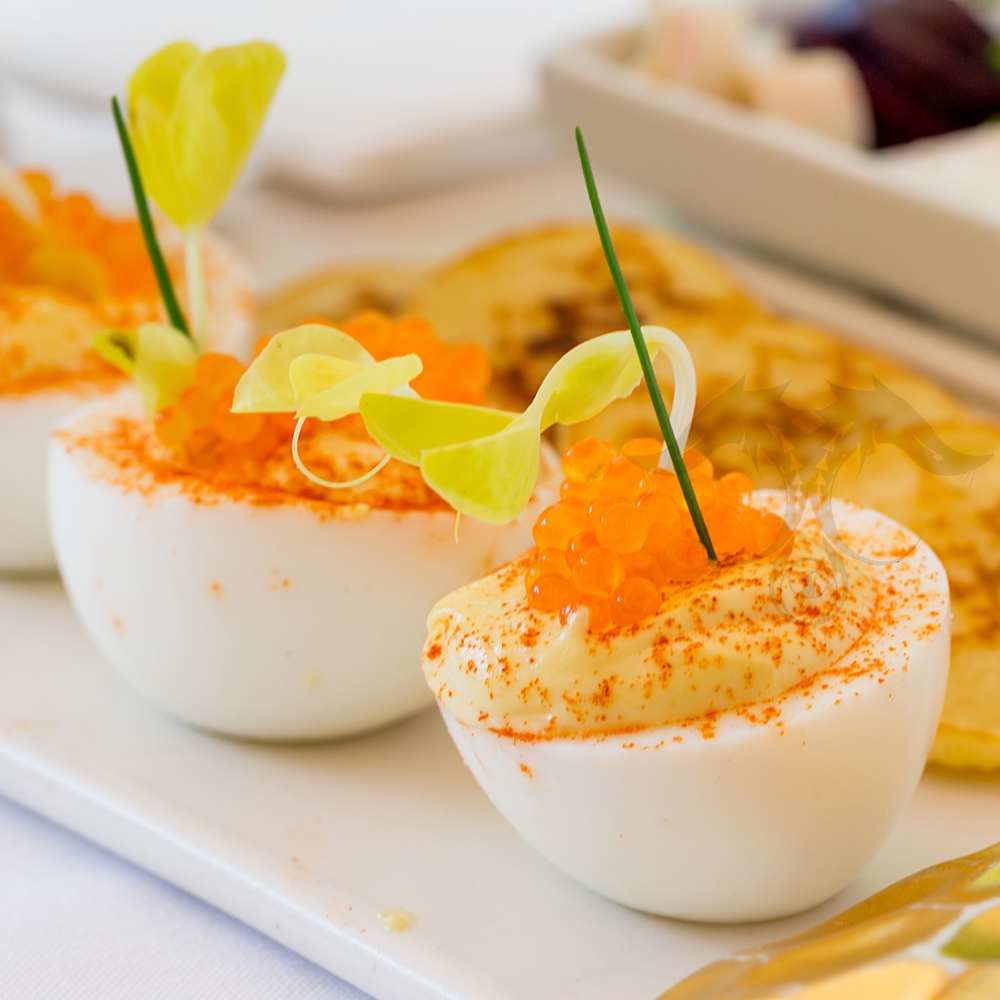
Photo courtesy of sasaniancaviar.com
Albino sturgeon caviar, deviled eggs, and champagne made with free run juice. A classic trio, this breakfast could easily cost you $25,000.
1. Albino Sturgeon Caviar
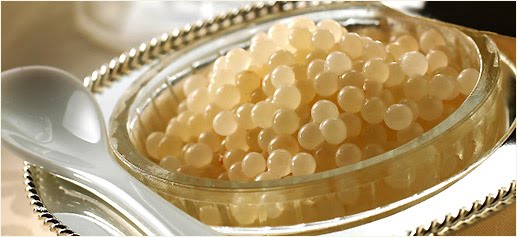
Photo courtesy of shiveshskitchen.blogspot.com
Why so expensive you ask? Albino sturgeon are among some of the rarest fish and have always been known for the impeccable taste of their eggs. It takes at least 20 years for these fish to reach to maximum weight, which is when their eggs begin to become ultra-luxurious. The older the fish, the better the caviar and the lighter in color the eggs become. A recent albino sturgeon, believed to be 100 years old, produced completely white eggs which sold for over $1,000 per ounce.
2. Krug 1928 Vintage Champagne
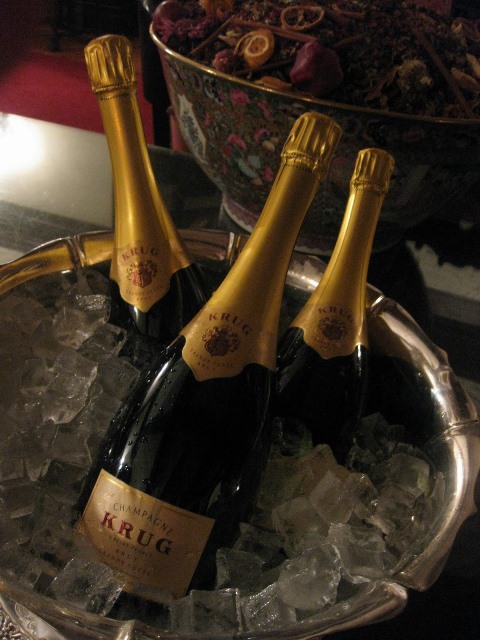
Photo courtesy of alletop10lijstjes.nl
Coming in hot at $21,000 per bottle, we have the Krug Vintage 1928. The Krug champagne house has been one of the top-rated for about a century and this particular champagne is one of their most famous.
I used the term free run juice earlier. This refers to a wine-making process that is characterized by the absence of a press. The only juice used in these wines is from the initial crusher and de-stemming machine. Eliminating the pressing process prevents the skins from being pressed into the juice and drying out the wine too much.
Lunch
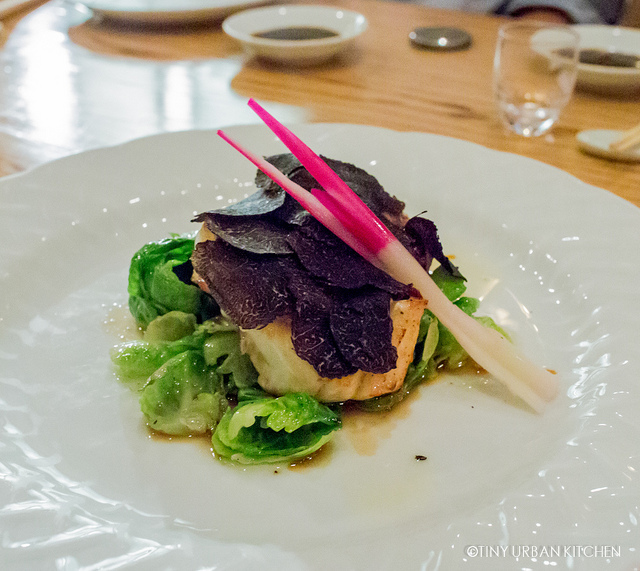
Photo courtesy of tinyurbankitchen.com
Arthur decided to tone down the cost of lunch, but at no cost to your taste buds. A quarter pound of black truffles ($325-$345) and two pounds of Chilean seabass ($20-$30/lb) will set you back a nice penny. Add in the killer Chardonnay and you’re looking at a final cost around $9,200.
1. Chilean Sea Bass
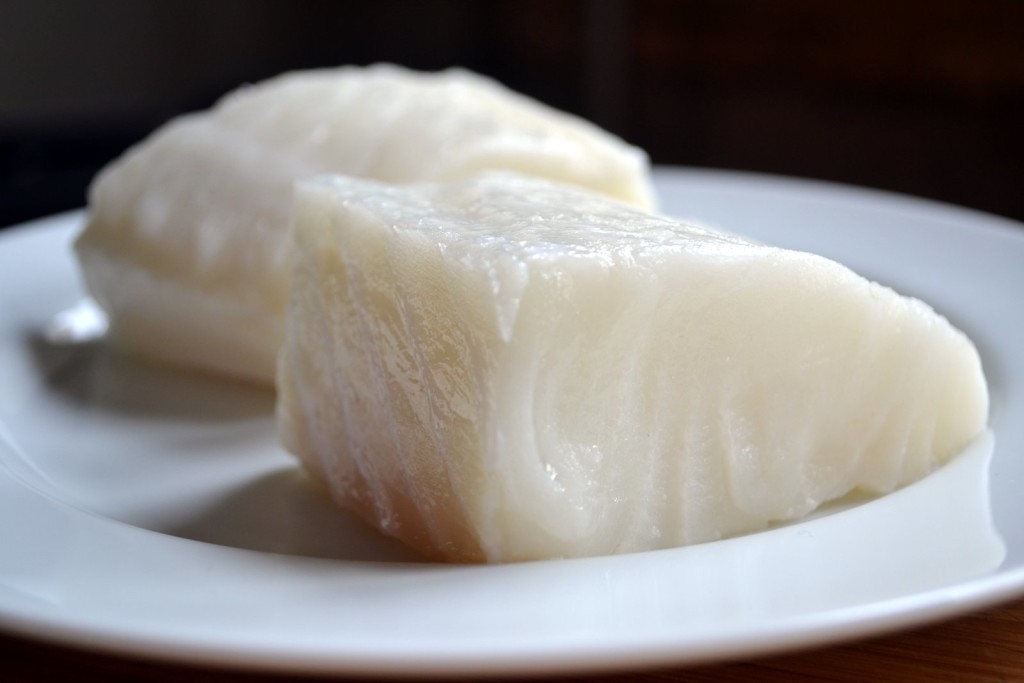
Photo courtesy of hardlyhousewives.com
Patagonian Toothfish is the real name for this luxury fish. The change was made when the fish began showing up across restaurants in the U.S., in order to increase its marketability. Since Americans first took a bite of this velvety white fish, the demand has become remarkably high, as you can tell by the cost.
There are actually many chefs around the U.S. and around the world who are trying to slow down the demand for Chilean Sea Bass. They’ve begun to dip into the category of those being overfished. Every once in a while though, its flavor is just undeniably gorgeous. Flaky, smooth, a hint of sweet…it’s the definition of a luxury food.
2. Black Truffles

Photo courtesy of elitefood.sg
Truffles are something we all hear of as college students but usually through chefs on TV. The high cost of truffles, no matter the color, is due to their rarity and the way one must find them.
Dogs and pigs are used to sniff out the truffles and dig in a way that will not hurt the delicacies…adorable right! They are used to enhance any dish, such as Chilean Sea Bass, taking the flavors to a whole new level.
#SpoonTip: Clusters and Hops here in town sometimes has black truffles for sale.
3. 1978 Domaine de la Romanee-Conti Montrachet Grand Cru Chardonnay
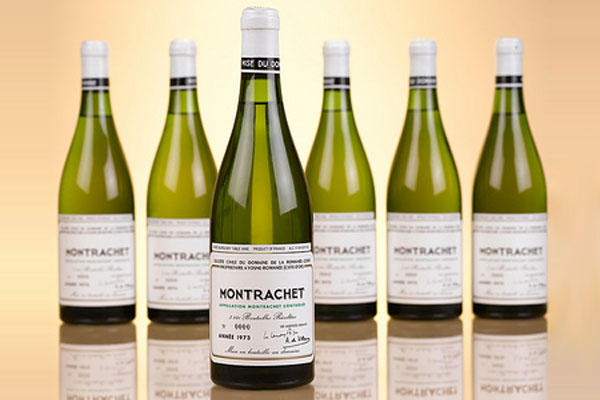
Photo courtesy of protraveler.ru
The majority of the money spent on this meal would go to the Grand Cru Chardonnay. A wine from Burgundy, France such as this one, with the label ‘Grand Cru’ has grapes taken from one, very small plot of land. The wine is therefore more exclusive, raising the price immensely. Grand Cru is the highest designation a wine can receive in France.
Dinner
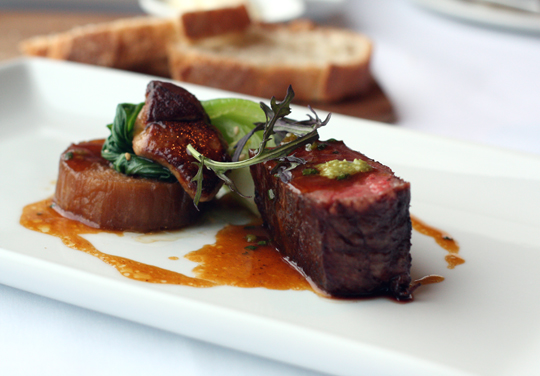
Photo courtesy of foodgal.com
Pairing melt-in-your-mouth beef with silky foie gras and washing it down with a velvet-like Cabernet Sauvignon. What a way to end a day of luxurious eating. And it’ll only set you back about $2,800.
1. Kobe Beef
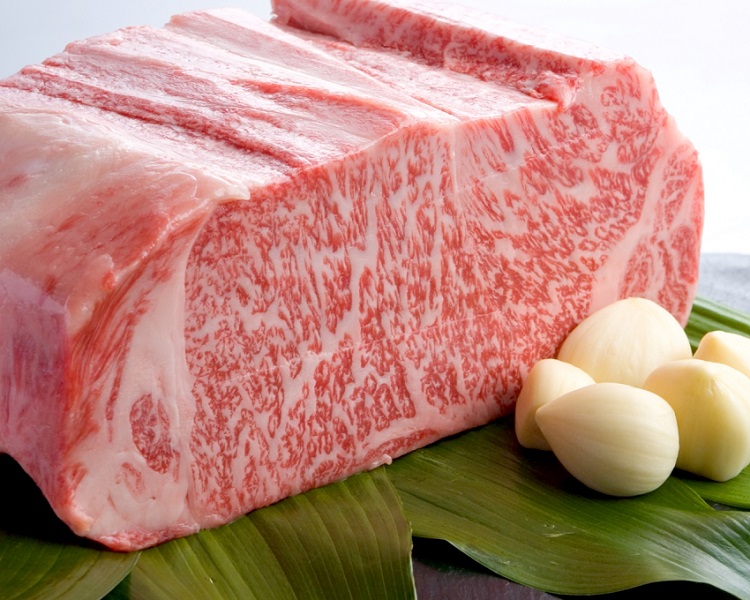
Photo courtesy of huntspoint.com
Kobe beef falls under the category of Wagyu. The translation of Wagyu is literally ‘Japanese Cow’. Only Japanese Black Wagyu born, raised, and processed in Kobe, Japan can have the name Kobe beef. While all Wagyu is going to be delicious, Kobe is top-notch. This stuff can go for up to $250 per pound.
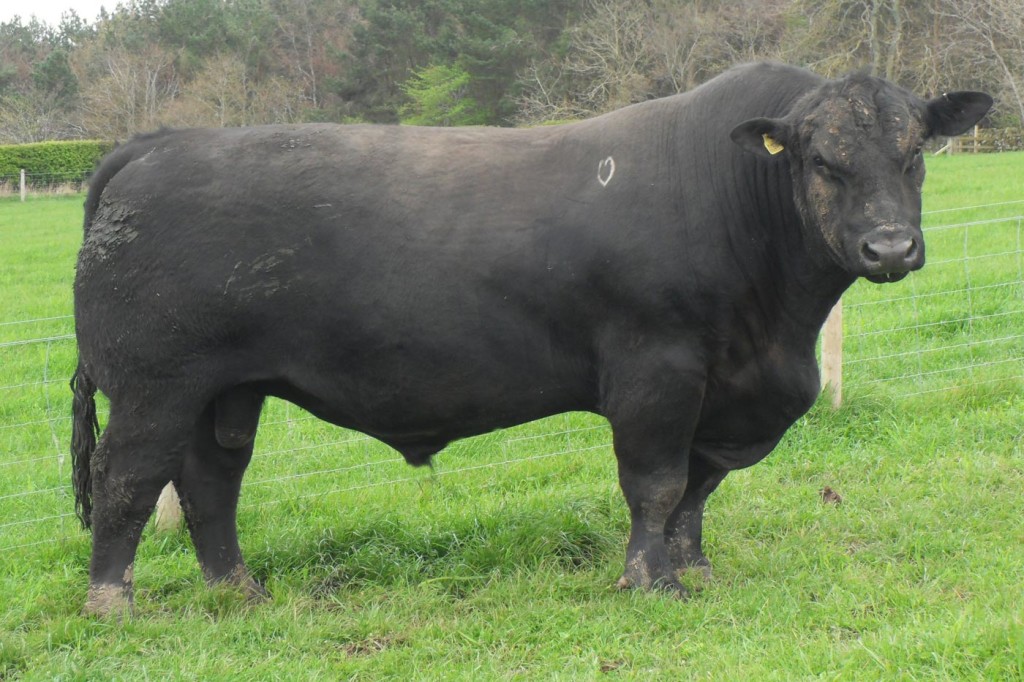
Photo courtesy of wagyu.co.uk
These cows have been bred for hard work. This results in heavier cows, with more muscle and therefore more intramuscular fat, or marbling. Wagyu is actually heathier for you due to the higher percentage of good fat than other breeds of cows.
2. Foie Gras
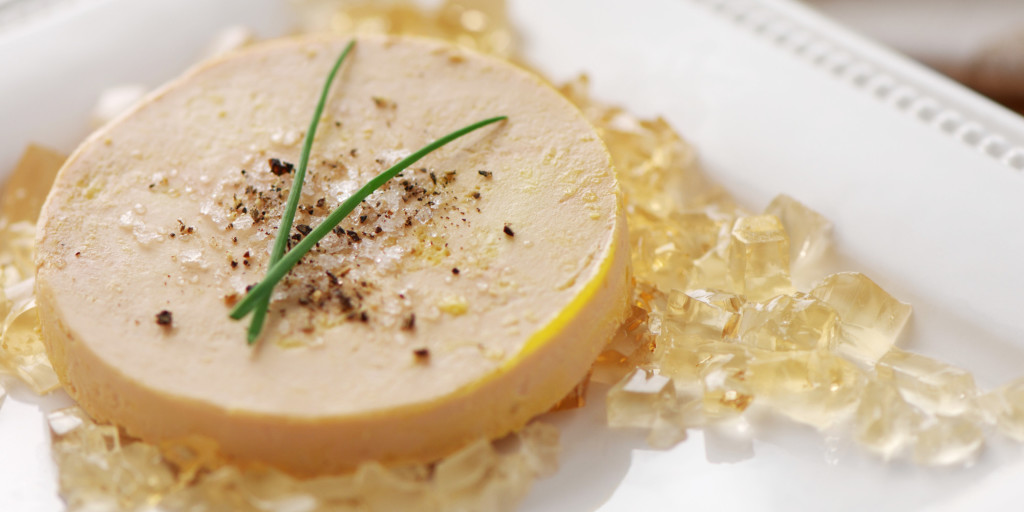
Photo courtesy of insolitebuzz.fr
Foie Gras may be a little out of the comfort zone for many of you, but with bigger wallets come more developed taste buds.
Foie Gras is similar to a pate, made of goose or duck livers, which have been specially fattened. A little out there, I know. But, at $80 for a pound and a half, people have been willingly enjoying this luxury food for centuries. How bad could it be?
3. 2012 Screaming Eagle Cabernet Sauvignon
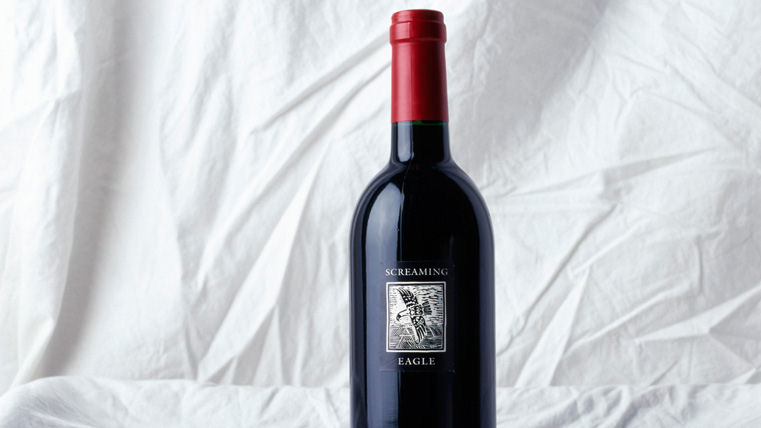
Photo courtesy of helvetia.com
The wine that should wrap up this day of monumental eating can only be a robust Cabernet Sauvignon. Arthur’s pick was the 2012 Screaming Eagle, which sells for around $2,400. It embodies everything the great sommeliers expect from a Napa Valley Cab. Aged in French Oak barrels for almost 2 years, tasting notes of dark fruits and espresso would complement your beautiful Kobe steak in the most elegant of ways.
It’s never too early to start dreaming about the future. You may have you noses shoved into textbooks now, but that could lead to the world’s rarest caviar being delicately placed into your mouth later.


